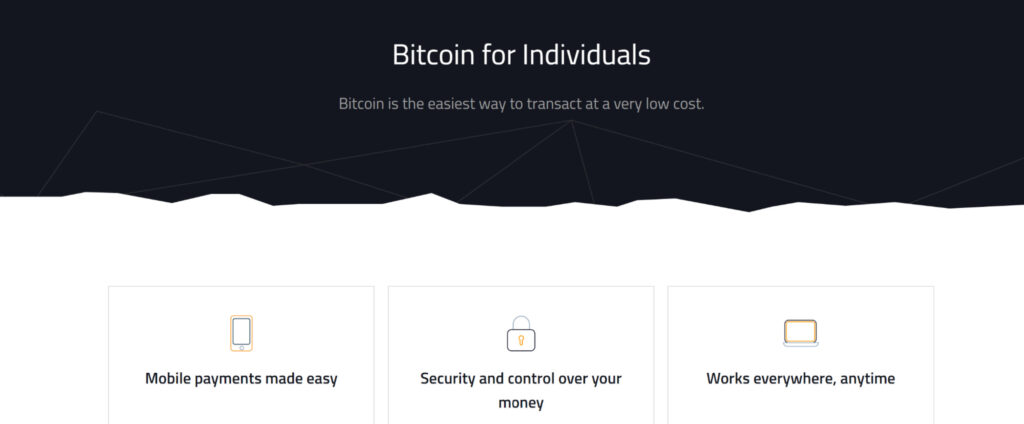Web3 refers to a decentralized internet system with no single point of control or ownership. It differs from Web2 or the traditional web, which has a single point of control, such as a single ISP provider, single server, centralized social media, and others.
The concept of Web3 has several developments over Web2, such as decentralized social media, decentralized cloud storage, and decentralized finance.
How does Web3 differ from Web2?
Web2, or the traditional internet, was an era of scaling up internet infrastructure, speed, and user experience. The main goal was to connect everyone with a reliable internet that could take many aspects of our lives online. Since this had to be done coherently, centralization was needed for quicker decision-making.
This centralization meant that the Internet was in the hands of a few people. This centralized internet was soon abused with unnecessary censorship, de-boarding of users, forced identity disclosure, selling of personal user data, and more.
The abuse of power gave birth to the concept of Web3, which was based on the principles of anonymity, little to zero censorship, and, most importantly, decentralized control. In Web3, anything that has to be decided takes place through consensus, giving more power to the users.
Today, Web3 offers most of the functions that were once performed by traditional centralized entities on Web2, such as social media platforms, finance, education, file sharing, cloud computation, IoT, and others.
With more decentralized control, the will of a few people cannot be imposed on a larger majority.
How Web3 Works?
At the core of Web3 is blockchain technology, which acts as a decentralized ledger that records your actions. Since several users control this ledger, it cannot be censored at the will of a single person.
Web3 relies on blockchain technology to make processes and systems more transparent. Each message, sale, service, transaction, and interaction with any application happens through different blockchains, which record each step to eliminate the chances of fraud or bogus transactions.
It also stresses anonymity and efficiency. For example, if you send $5 to your friend, the transaction will go through multiple validators to ensure its authenticity.
It might seem more tedious, but it is much faster and more secure than the traditional approach. A user who used to pay someone in another country via PayPal needs at least two days before the payment reaches the beneficiary. Here in Web3, it happens in seconds.
Benefits of Web3
Web3 is still a work in progress because it is a relatively new technology. However, it offers several advantages over traditional Web2.
Faster
Due to its efficiency, transacting on Web3 is far cheaper. A transaction from the UK to Japan would take at least two days, while in Web3, it happens in a matter of seconds.

Cheaper
PayPal takes about 4% to 8% in fees while transacting over it. Similarly, for businesses, the payment channels took about 2% – 5% as transaction charges. However, in Web3, even large transactions hardly take a few dollars to execute. Businesses can use memo-based blockchain addresses (e.g., Near Protocol) to collect business payments at zero cost.
Censorship Resistance
Since control is decentralized, no entity in Web3 can stop others from engaging in harmless activities. Even governments have restricted control and cannot censor anything at will.
For example, several people have been jailed worldwide for just expressing their thoughts on Twitter. Also, people get caught in the crossfire, even if they unknowingly transact with someone undesirable.
Since Web3 is anonymous, freedom of speech is virtually limitless. Further, account seizure and wallet freeze rarely occur. Even if they do, these things happen in corporate blockchains or corporate crypto issuers like PYUSD.
No Single Point of Failure
Since Web3 comprises several nodes, each singlehandedly capable of running the entire system, it is extremely resilient against threats such as war, natural disasters, censorship, bans, etc.
Disadvantages
Despite all the benefits, there are a few disadvantages.
Due to Web3’s anonymity, it’s easy to launder money there. In some instances, crypto hackers remained undetected. However, this will change soon with the development of newer technologies.
Further, in Web3, the markets are often highly volatile, which causes investment losses. However, as the Web3 markets mature, price volatility subsides with time.
Web3 Equivalents of Web2 Systems
Below is a list of a few Web2 systems that we are highly reliant on and their Web3 equivalents.
- PayPal – Lightning Wallet
- Banks – Uniswap
- TikTok – Chingari
- WhatsApp – Status
- Identity – Worldcoin
- LinkedIn – Remote3
- YouTube – DTube

Challenges Ahead
The adoption numbers in Web3 remain lower than that of Web2. However, since it is a new technology, it will take some time to be widely adopted.
The most challenging aspect is the undue regulations. Several regulators worldwide, such as the US SEC, have often launched full-scale investigations and banned several entities only to find little to no evidence of wrongdoing, like in the case of Ripple.

Crypto Land is an impartial marketing and educational platform, not a financial advice service. Therefore any content provided, hosted, or expressed by Crypto Land does not constitute financial advice or recommendation, and as such Crypto Land will not be liable for any losses incurred during trading or investing.




